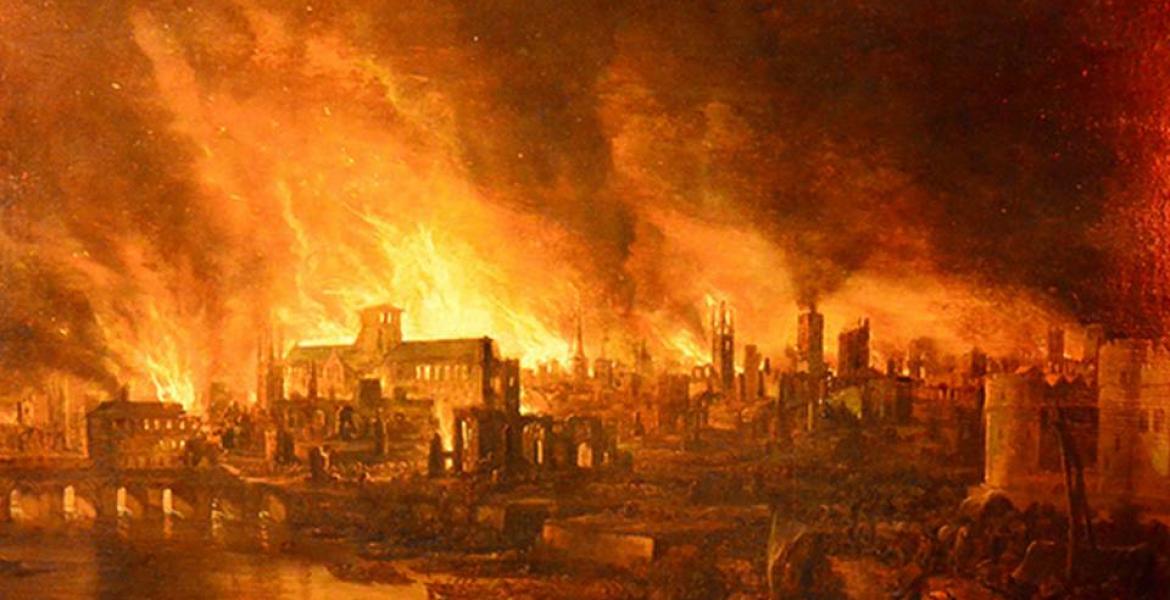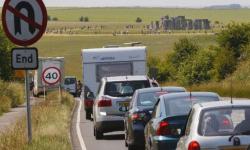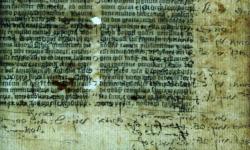The origin of the Great Fire of London
Academic Dorian Gerhold has discovered the true origin of the Great Fire of London.
We all think we know the Great Fire of London started in Thomas Farriner's bakery on Pudding Lane, where the alarm was first raised at about 2am on 2nd September 1666. From there, it spread rapidly through the tightly-packed timbered buildings, aided by a strong wind blowing from the east. Only three days later did the blaze start to lessen, as the wind dropped and fire breaks started to take effect. By that point, some 13,500 houses had been destroyed, along with a number of buildings including St Paul's Cathedral, the Royal Exchange, Custom House and three western city gates. Despite the damage, only eight people (that we know of) died.
The actual point of origin of the Great Fire of London, and the true location of Farriner's bakery, has been lost to time. In 1680, a commemorative stone blaming the Catholics for the fire was put on the site, but was removed in 1750 because crowds of tourists were blocking the path. The DoricA classical architectural style characterised by a sturdy fluted column and a thick square abacus resting on a rounded moulding. column known as the Monument, which was opened in 1677, measures 202ft high, and was placed exactly 202ft away from the start of the Fire. But that is as close to pinpointing the origin of the Great Fire of London as we have been able to get, until now.
Dorian Gerhold, who has been researching houses erected in London before 1720, stumbled upon a 1679 survey of the site of Farriner's bakery. He cross-referenced this with other street maps, including the 1886 plans for the creation of Monument Street, as well as the confirmed 202ft distance to the Monument to pinpoint the bakery as being on Monument Street, 60ft east of Pudding Lane.
Experts on the Great Fire of London, such as Stephen Porter have looked at Gerhold's methods and findings and consider them to be accurate. A full report of the discovery will be published later in 2016 in the London and Middlesex Archaeological Society Transactions journal.
You can read more about the discovery of the origin of the Great Fire of London here.
- Log in to post comments






